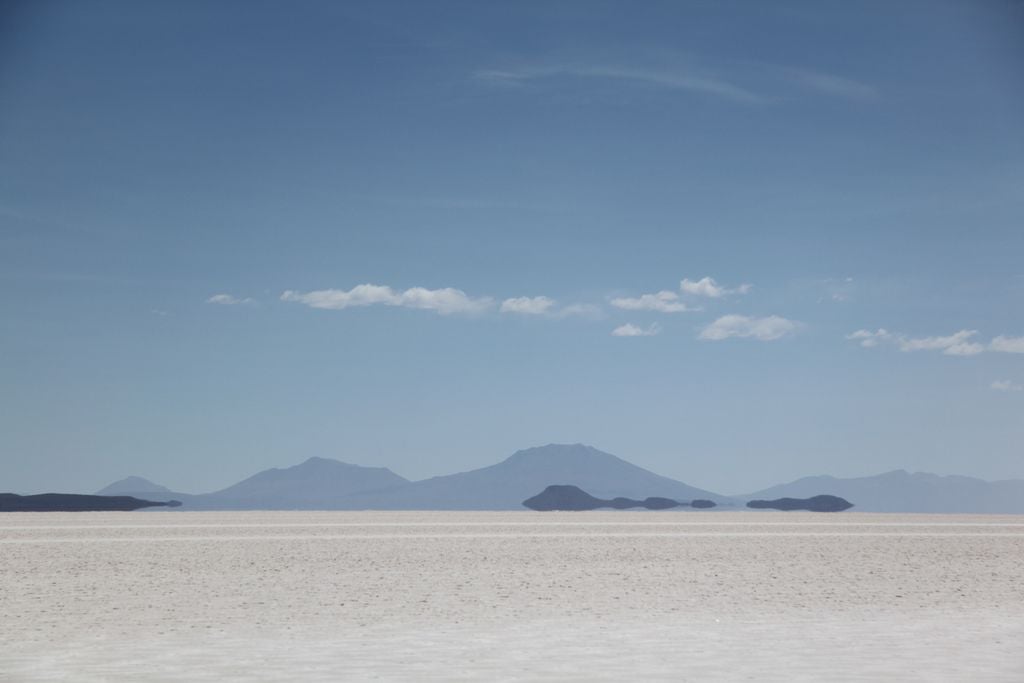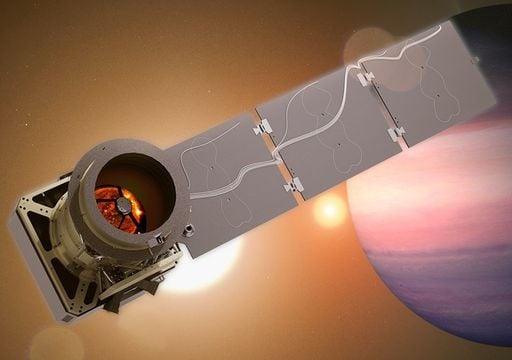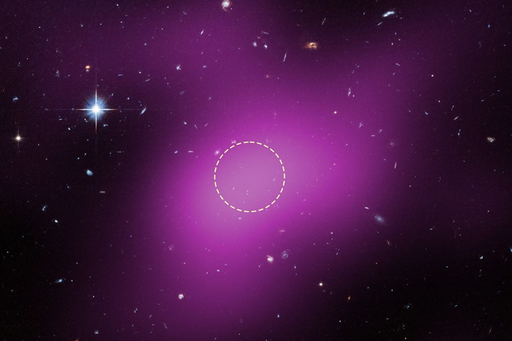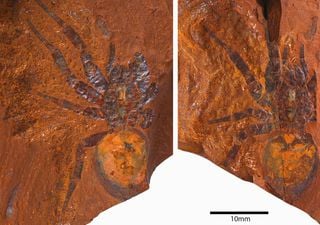2021 USGS Discovery Confirmed: Humans in North America Thousands of Years Earlier Than Believed
Ancient footprints in White Sands, New Mexico challenge history, dating human presence in North America to thousands of years earlier than was previously believed.

In a groundbreaking discovery that challenges conventional wisdom, researchers from the U.S. Geological Survey (USGS) and an international team of scientists have confirmed that ancient human footprints found in White Sands National Park, New Mexico, are between 21,000 and 23,000 years old.
The Controversy Surrounding Ancient Dates
This revelation pushes back the timeline of human presence in North America by millennia, shedding light on a time when early humans walked alongside megafauna, long before the terminal Pleistocene extinction event. This discovery, initially announced in September 2021, has been bolstered by new research, putting to rest doubts about the accuracy of these ancient dates.
Big news: USGS scientists & partners have confirmed, with 2 new lines of evidence, that human footprints found in White Sands Nat'l Park show that people lived in North America 21-23,000 yrs agomuch earlier than previously thought!
— USGS (@USGS) October 5, 2023
More here: https://t.co/Fft0s2RRzA
Imgs: NPS pic.twitter.com/NXJkOv3rnZ
According to Jeff Pigati, USGS research geologist and co-lead author of the recent study confirming the age of the White Sands footprints, "the immediate reaction in some circles of the archeological community was that the accuracy of our dating was insufficient to make the extraordinary claim that humans were present in North America during the Last Glacial Maximum. But our targeted methodology in this current research really paid off."
Reevaluating Radiocarbon Dating
The controversy surrounding these ancient footprints primarily revolved around the dating methods employed. Initially, radiocarbon dating was used to determine the age of the footprints, relying on seeds of the aquatic plant Ruppia cirrhosa found in the fossilized impressions.
However, questions arose regarding whether aquatic plants like Ruppia could have absorbed carbon from water rather than the surrounding air, potentially skewing the results.
A Multi-Pronged Approach to Validation
Kathleen Springer, USGS research geologist and co-lead author of the recent study expressed that the research team was testing their own results with “multiple lines of evidence” as the original findings were being published.
She added, "We were confident in our original ages, as well as the strong geologic, hydrologic, and stratigraphic evidence, but we knew that independent chronologic control was critical."
Pollen Grains: A Window into the Past
For their follow-up study, researchers turned to radiocarbon dating of conifer pollen from terrestrial plants. This approach eliminated potential complications arising from aquatic plant dating. Each sample was meticulously prepared, isolating around 75,000 pollen grains for analysis.
"Pollen samples also helped us understand the broader environmental context at the time the footprints were made," noted David Wahl, USGS research geographer and co-author of the recent study. "The pollen in the samples came from plants typically found in cold and wet glacial conditions, in stark contrast with pollen from the modern playa, which reflects the desert vegetation found there today."
Quartz Grains and Luminescence Dating
In addition to pollen-based dating, the team employed optically stimulated luminescence to date quartz grains. This method determined that quartz samples collected within the footprint-bearing layers had a minimum age of approximately 21,500 years, providing additional support for the radiocarbon results.
With three distinct lines of evidence converging on the same approximate age range, the likelihood of errors or biases in the dating process diminishes significantly. Collectively, these findings lend strong support to the notion that the White Sands footprints date back to a remarkable 21,000 to 23,000 years ago.
A New Chapter in Human History
This extraordinary research was a collaborative effort involving scientists from the USGS, Lawrence Livermore National Laboratory, the National Park Service, and various academic institutions.
Their ongoing investigations at White Sands aim to unravel the environmental conditions that allowed early humans to thrive in southern New Mexico during the Last Glacial Maximum, providing invaluable insights into our shared history.
The discovery of these ancient footprints reminds us that the story of human migration and adaptation is far more complex and ancient than we once believed, opening up new chapters in our understanding of the human journey across the globe.








